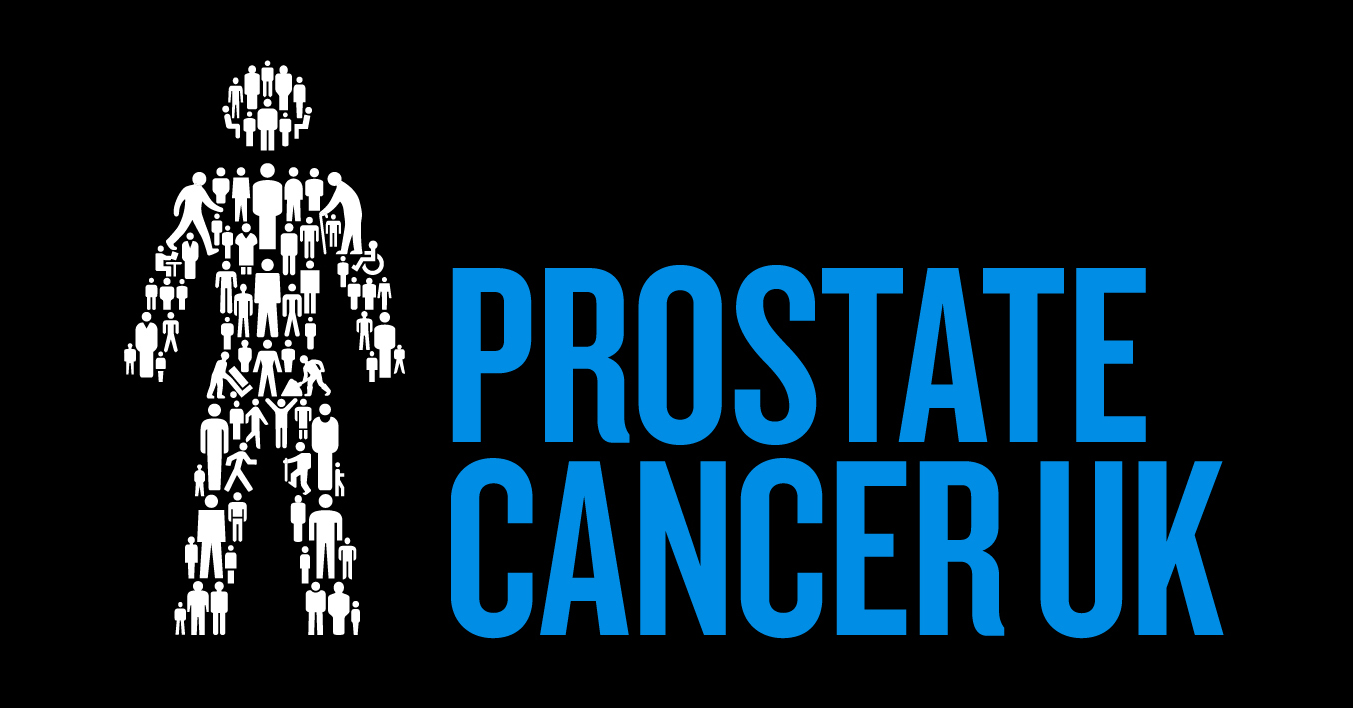Legionella is an often forgotten threat to your club and members. We’ve teamed up with risk management experts Stallard Kane to help you spot the signs, and understand where the threat lies.
What is Legionnaires’ disease?
Legionnaires’ disease is a lung infection caused by legionella bacteria. It’s a form of pneumonia and, in some cases, can be fatal.
Clubs, especially sports centres, must ensure that a robust system is in place to manage the risk of this bacteria developing.
Where does it come from?
The bacterium Legionella pneumophila and related bacteria can be found in natural water sources. This includes rivers, lakes, ponds and reservoirs. There are normally low numbers found in these natural water sources, though.
The main risk comes from purpose-built water systems such as cooling towers, evaporative condensers and hot and cold water systems.
How do people catch Legionnaires’ disease?
People who inhale small droplets of water suspended in the area which contains the bacteria could contract Legionnaires’ disease.
However, it takes a special kind of condition for the bacteria to grow. For example, if the water temperature is between 20-45°C in all or some parts of the water source, or if stagnant water is stored and then recirculated.
What are the symptoms of Legionnaires’ disease?
Symptoms are pretty similar to flu: a cough, muscle pains, headache, fever…
This makes it tough to know if you’re got Legionnaires’ disease. For a professional diagnosis, always seek advice from your doctor.
Legionella at your club
Someone at your club must have legal responsibility to understand and manage legionella risks. Take a look at the Health and Safety Executive document – Legionnaires’ disease – The Control of Legionella bacteria in water systems (L8) – for practical guidance on how to adequately control risks of a Legionnaires’ disease outbreak at your club.
The best form of defence against Legionnaires is a good offence. Ensuring that you’re proactive and on top of your risk management obligations will help to keep your staff and customers safe. The best advice is to make sure that systems that use water in your club are regularly checked and maintained. We would advise that your speak to a risk management advisor to give you the best possible advice.
Identify and assess sources of risk
As you would for any risk at your club, make sure you’re assessed the risk of legionella too. If your system is low risk and controlled adequately, you won’t need to take any further action. But if your system is high risk you may need assistance from a competent person to put suitable risk management procedures in place.
If you believe your club is at significant risk from exposure to legionella, your competent person must comply with their duties and try to control the risk. This includes implementing control measures such as:
- Regularly flushing the system, such as taps and showers
- Taking measures to prevent debris getting into the system
- Setting control parameters
- Removing any redundant pipework
Any Legionnaires’ disease cases within your club that are confirmed by a health professional must be reported to the Health and Safety Executive.
My club is standing empty – what do I do?
You must continue to maintain your systems, even if your building is shut for a period of time. This is because, when you start up again, you’re less likely to be at risk of a Legionnaires’ disease outbreak. Either maintain your systems as usual, or consider switching off completely. If you are making any changes, make sure these are clearly communicated by putting up signs around your club advising people the system is not currently in use.
Remove heat sources if possible, don’t drain down pipework and continue your usual control measures such as monitoring temperatures.
Recommissioning your systems safely is also key. All water systems should be flushed through the fresh mains water and cleaned / disinfected. Take water samples to ensure your systems are completely free from harmful bacteria.
For further advice on keeping water systems safe, visit Legionella Control.
For more information on the disease, and further risk management advice, please get in touch with our team.







